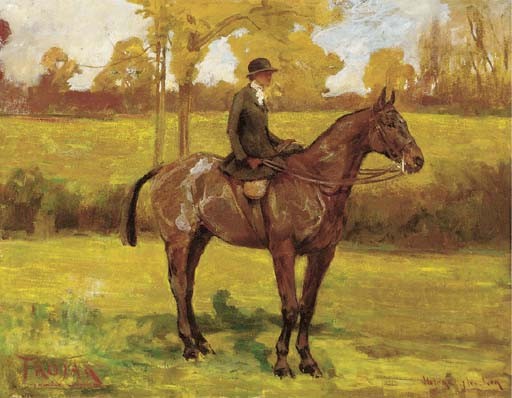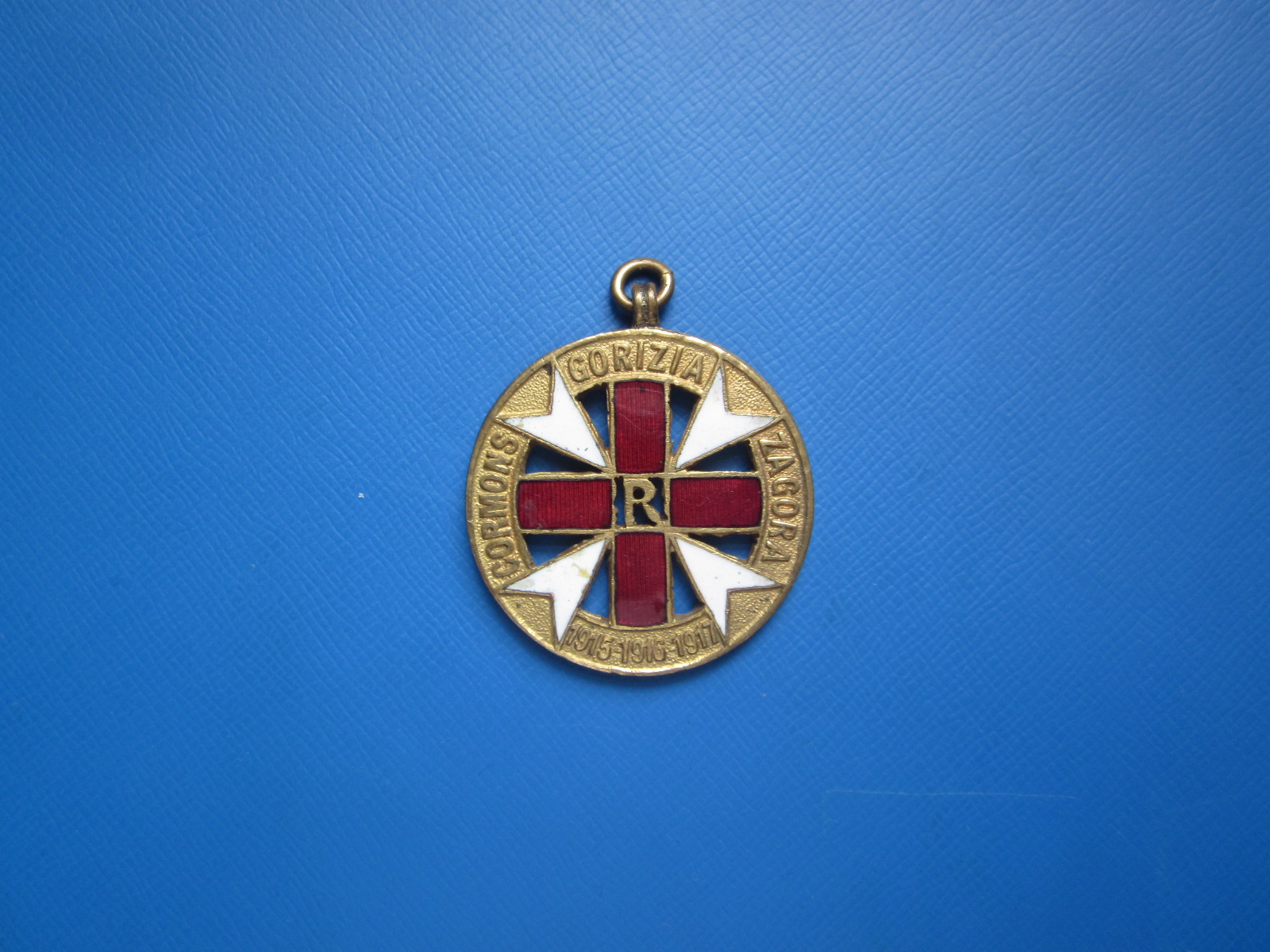The above photo is from the National Portrait Gallery of Britain and no intention to infringe on this copyright is intended.
The term gleichen is German and it means equal items or a patched pair.
The man who would later become Count Gleichen and lend his name to our community was born as Victor Ferdinand Franz Eugen Gustaf Adolf Constantin Friedrich at Langenburg in Württemberg on December 11, 1833. He was the third and youngest son of Prince Ernst of Hohenlohe-Langenburg; his mother (Princess Feodore, the only daughter of Emich Charles, reigning prince of Leiningen) was half-sister to Queen Victoria. He ran away from school in his native land in 1848 and was sponsored to enter the Royal Navy by Queen Victoria. In 1854 he earned the rank of Lieutenant after serving as a mate on the Flagship Cumberland, where his future brother-in-law was captain and his future father-in-law was the admiral. While on the Cumberland he served in the Baltic during the Russian war. In 1855 as a new Lieutenant he served on the St. Jean d’Acre. In 1856 he became Lietenant-commander in charge of the Traveler, a 4 gun screw powered gunboat. In late 1856 he was made Lieutenant on the Raleigh, under the command of the famous Commodore Henry Keppel, he served on board and saw action during the 2nd Anglo-chinese war, until the ship struck an uncharted rock on April 14th 1857. The officers managed to get all crew off and to safety with no loss of life. In 1857 he earned the rank of Commander and was given command of the 6 gun paddle wheel sloop the Scourge where they served in the Mediterranean fleet. In 1859 the rank of Captain was bestowed on him as well as command of the 21 gun corvette the Racoon. While he was in command of the Racoon his Lieutenant was Queen Victoria’s second son Alfred who would later become Duke of Edinburgh.
On January 26th 1861 he married Laura Williamina, the youngest daughter of Admiral Sir George Francis Seymour. (You can see the marriage registry here.) On his marriage he took the title Count Gleichen because by German law his wife was forbidden to use the title Princess as she was not of royal lineage. So she was given the title of Countess of Gleichen on her marriage to Victor. He chose to go by his wife’s title rather than his own so they would be on equal footing socially, technically he was husband of the countess. In 1866 he retired from the navy and was awarded a knighthood as a Knight Commander of the Bath and in 1867 he was awarded a Knight Grand Cross of the Bath. Both of these were for his naval service. They had four children, one son and three daughters. During the first world war the son gave up his German Count title and served in the British Army as Lord Edward Gleichen. Of his three daughters the Eldest was Feodora, then Victoria then lastly Helena.
Count Gleichen after retiring from military service took up the hobby of sculpting in Marble.Five of his statues are considered masterful works and are still displayed in prominent locations throughout Britain.
- a larger than life statue of Alfred the Great in the market square of Wantage, Oxfordshire.
- the bust of Mary Seacole made in 1871, currently housed in the Institute of Jamaica.
- the statue of Queen Victoria in the North quadrangle of Royal Holloway College, University of London, Egham, Surrey.
- the statue of Thomas Holloway with his wife Jane, in the South quadrangle of Royal Holloway College, University of London, Egham, Surrey.
- the statue of Frederick Gye at the Royal Opera House, Covent Garden, London, 1880
- A bust of Queen Victoria that resides in the V&A currently.
- the monument to Sir Hamilton Seymour located in St. Nicholas, Alcester, Warwickshire.
Count Gleichen passed away in 1891, a copy of his death registry can be sen here.
There son Lord Edward Alfred Gleichen was born in 1863 and died in 1937, his ties to the Royal Family led to the Prince of Wales, later King Edward VII, being appointed Gleichen’s godfather. He had a lengthy career in the British military and served in numerous posts abroad including in Germany, the US and served with distinction in the Boer war. He wrote numerous books about his military service and is considered an accomplished writer. He penned the following works With the Camel Corps up the Nile (1888), With the mission to Menelik (1898), The armies of Europe (1890), Handbook of the armies of Bulgaria, Greece, Montenegro, Romania and Servia (1895), Handbook of the Sudan (1898), Report on the Nile and country between Dongola, Suakin, Kassala and Omdurman (1898), Journal of our mission to Fez (1909), The doings of the Fifteenth Infantry Brigade, August 1914 to March 1915 (1917), Chronology of the war (1918), Alphabets of Foreign languages transcribed into English according the the R.G.S. II System(1921), The nations of today: a new history of the world (1920-1924), London’s open air statuary (1928) and A Guardsman’s Memories (1932). Some of these where published publicly and others where published exclusively for the war office.
While in the US he met and became acquainted with the Wright Brothers. He was director of Military Operations from 1907 to 1911. His last military post was as Director of the Intelligence Bureau at the Department of Information from 1917 to 1918. While not ever pursuing a career in the arts like his sisters or father he did leave behind an album of 26 photos and 19 sketches of his time in the Sudan. In 1910 he was married to the Honorable Sylvia Edwardes, Maid of Honour to Queen Victoria and Queen Alexandra of Denmark and daughter of William Edwardes, 4th Baron Kensington.
Lord Edward Gleichen has an extensive career including that this article can not give the justice too. He helped reform intelligence gathering by the British and spoke numerous languages fluently. For a longer version of his history please visit here.
Setting the Record Straight
It is supposedly for Lord Edward Gleichen that the Community of Gleichen is named. He was according to local history a financial backer of the CPR and supposedly he traveled to the area in 1883 and was shown the site by the CPR and they told him they would build a town and name it after him. There are a few irregularities with the story, first Lord Gleichen was not Count Gleichen until his mothers title was passed to him in 1912, second he was only 20 years old at the time of the story and lastly he was fighting in the Sudan war till 1885. The Government immigration register for the year 1883 shows that it was his father Count Victor Gleichen who toured the area with Lord Castletown. The government records show that Count Gleichen and Lord Castletown “visited the older Provinces and went to the North-West, as far as the Rocky Mountains”. An article from 1883 had the following to say “In connection with the distinguished persons, including Prince Hohenlohe, Count Gleichen; Lord Castletown and others who travelled over the Canadian Pacific Railway to the Rocky Mountains in the summer of last year, I may mention that Lord Castletown wrote a graphic and interesting letter to the Times, giving a very satisfactory and attractive description of the journey and of the country.” Since only Count Victor Gleichen was entitled to the title of Prince it was the father who the town was named after. Some of the confusion comes from the December 16th 1937 edition of the Lethbridge Herald where they reported the death of Lord Edward Gleichen and said the following ” I attended a farewell social at his Death In London Recalls Visit And Naming Gleichen Lord Edward Gleichen Was here in 1883″. An article from the Winnipeg Free Press dated August 27th 1883 states that Count Gleichen is traveling with a delegation through Canada. It also mentions that he is Queen Victoria’s nephew and mentions his Princely title. Another Article from the newspaper Of Colonies and India dated November 30, 1883 states that Count Gleichen is touring the western territories of Canada and viewed so experimental farms of the CPR.
His eldest Daughter Lady Feodora Georgina Maud Gleichen was born in 1861 and died in 1922. Her and her sisters where bridesmaids at the wedding of Princess Louise and the Earl of Fife. She followed in her fathers foot steps and became a famous sculptor. She was the first women to be admitted into the Royal British Society of Sculptors. Her major works include:
- Statue of Queen Victoria surrounded by children, Royal Victoria Hospital, Montreal, Canada, 1895.
- Bronze statue of Diana/Artemis, Rotten Row, Hyde Park, United Kingdom.
- Relief, Art Gallery of New South Wales, Sydney, Australia, 1906.
- King Edward VII memorial, King Edward VII Hospital, Windsor, United Kingdom, 1912.
- Statue of Florence Nightingale, Derbyshire Royal Infirmary, 1914.
- 37th (British) division memorial, Monchy-le-Preux, France, 1921.
- Bust of Herr Kubelik, 1902
She did a nude statue for a fountain in Paris and a statue of Satan. Some of her pieces adorned churches throughout the world. She is best know for the medals and medallions she did for various orders and Royal societies.
Count Gleichen’s second daughter was Lady Victoria “Valda” Machell born in 1868 and died in 1951. She was known as a singer and had a son but her husband was killed fighting in world war 1. Her son died without issue.
The youngest of the daughters was Countess Helena Emily born in 1873 and died 1947. She was known as a painter of landscapes, flowers, and animals, with horses being a passionate subject of hers.
In Dec. 1915 Lady Helena Gleichen and Mrs. Nina Hollings, who had been trained as X-ray operators and had raised private funds to purchase motor-cars fitted with X-ray apparatus, were attached as a radiographic unit to the 6th Army Corps of the 3rd Army. The British Red Cross Society provided additional staff and cars. After six months they were attached to the headquarters staff of the 2nd Army and were present at both battles of Gorizia. Between Dec. 1915 and Oct. 1917, 12,600 X-ray examinations were made. They both received decorations for there wartime service and Helena was give a knighthood in 1920 for her work. Lady Helena and Mrs. Hollings stayed friends and were frequently in each others company with them finally living together publicly from 1931 onwards. Nina had decided to join the Red Cross after her oldest son died in 1914 at Ypres. Nina’s other son became a Roman Catholic Priest.
At the end of World War 1 both the British and Italian governments recognized the number of lives saved by the mobile x-ray machine run by Helena and Nina. They received awards from both governments for their actions. A special medal of valor was awarded to each of them by the King of Italy for the following reason “They gave their useful and valuable work for the Italian wounded on the Isonzo front, going willingly wherever called, even crossing zones under artillery fire, and being on several occasions a target for the enemy. They showed courage, intrepidity, and contempt of danger, always accomplishing their duty with equal self-sacrifice, lofty courage, and devotion.”
Mrs. Hollings’ family recently sold their medal at auction in 2012; but the one given to Helena Gleichen had been lost to time… until recently. A gentleman in the USA recently found it at an estate sale and was kind enough to send me high res pictures of both sides of the medal for the website. Thanks Glenn. Front side is first followed by the back side.
Further reading on the Gleichen’s can be found
and a web book has been published about the Gleichens.
Contributed by: Mark Flebotte















4 Responses to Count Gleichen